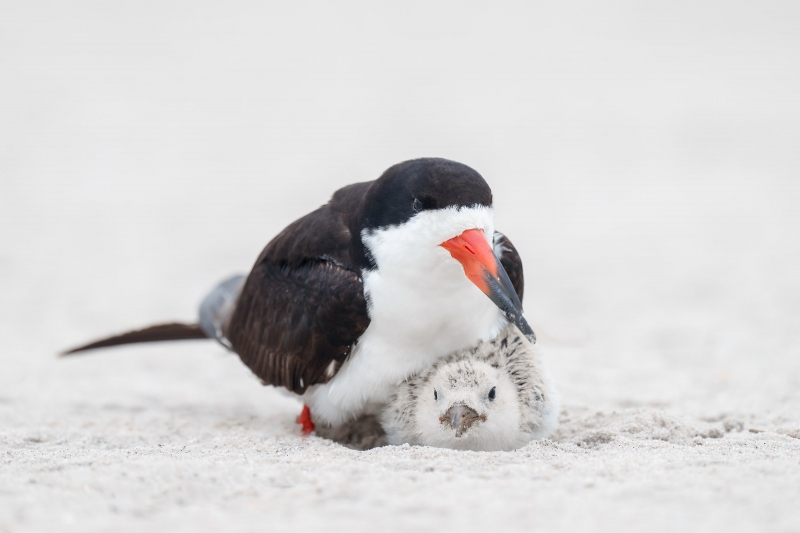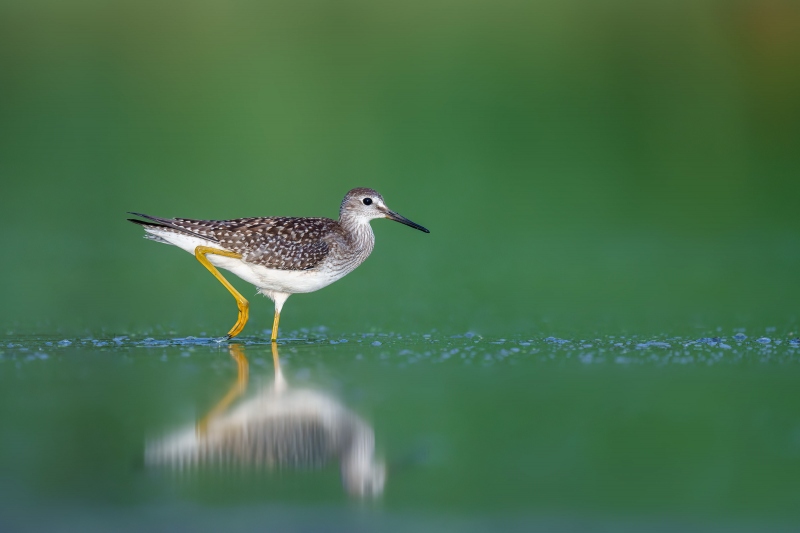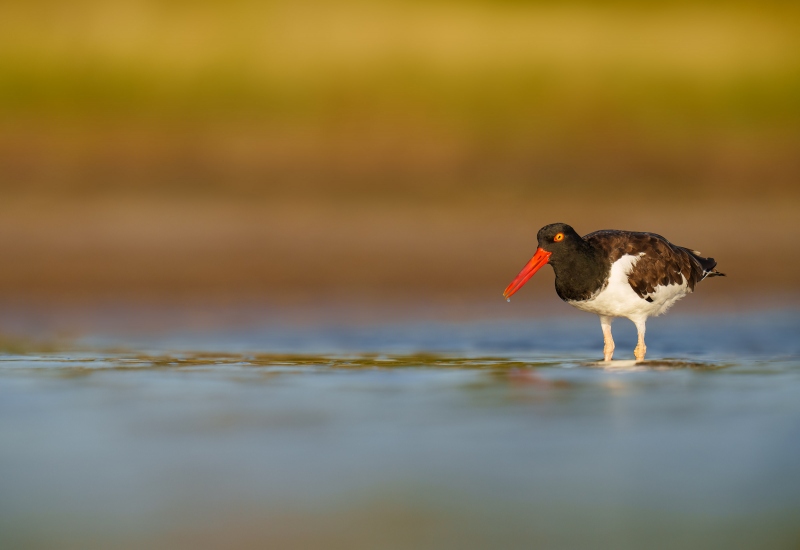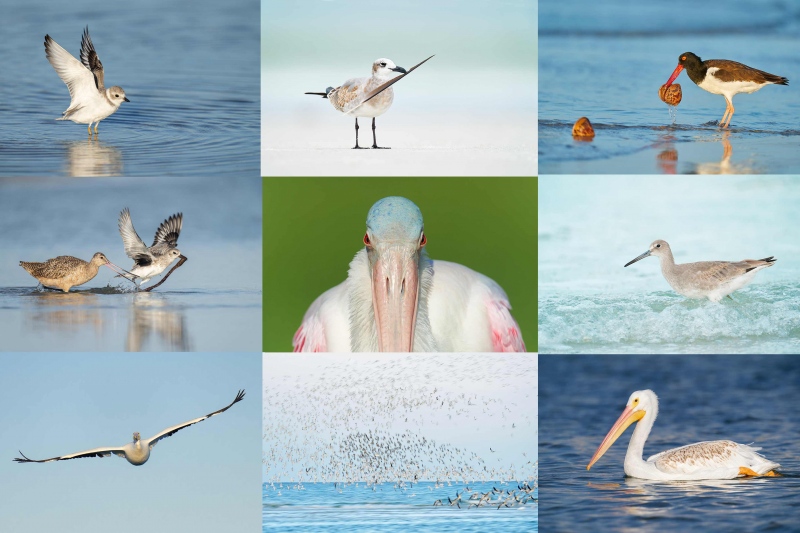My Call
In the Lunatic Action (Part I) blog post here, my two favorite images were #1 and #4. I went with Image #1 because of its sharpness and simplicity, and I did like the o-o-f loon in the background. And I went with #4 because I had never before created even a lousy image of this species in flight.
Most folks liked #3 best:
Chris Davidson/August 5, 2023 at 10:11am
Wow! Wonderful set of RT Loon images, Art! I love all of them, but #3 is a step or two above the others IMO. The completely outstretched legs, the splash of water, and the wing position all seem to complement the sleek body in the wonderful take off capture. After that both #2 and #4 look to be close seconds. #4 is so beautiful and I love the loon’s lowered head as it comes in for the landing.
What’s Up?
I have been packing like a fiend getting ready of my spur-of-the-moment Long Island trip and got a ton of stuff done on Tuesday. After many many months of hard work over hundreds of hours, I sent the final version of the new flight guide to Arash Hazeghi. Huge thanks to David Pugsley for his three careful edits of late drafts of the e-Guide and to my right-hand man, Jim Litzenberg, for taking a last minute look at the manuscript. He found about a dozen errors that had previously avoided detection.
I fly to Islip on Thursday morning. For me, today, Wednesday 9 August 2023, will be more of the same — finish packing and tend to e-mails. Wherever you are and whatever you are doing, I hope that hope that you too choose to have a great day.
If you love shorebirds, terns, and gulls, late summer through fall is a great time to get out into the field and do lots of bird photography. In particular, the southbound plovers, oystercatchers, and sandpipers are usually quite cooperative; the Common Tern chicks on Long Island are fledged and flying, and the skimmer chicks there are getting larger; some are flying. Today is a great day to consider joining me on Long Island — three folks already have, or on a DeSoto IPT. Many IPT veteran John Dupps is joining me for the November IPT; we will probably be sharing an AirBnB in Gulfport!
JBWR/Nickerson Beach Sessions
As I am not flying to Ecuador for 2023 Galapagos Photo-Cruise of a Lifetime until 27 August, I made arrangements yesterday to visit Long Island leaving tomorrow — Thursday 10 AUG, and returning home the following Friday — 18 AUG. Nickerson will be rife with Black Skimmer chicks and fledglings and lots of flight photography. Juvenile shorebird photography opportunities at my soul place, the East Pond, JBWR, will peak next week (for about three mornings). If you would like to explore the possibility of joining me for an inexpensive In-the-Field Session or two at either or both locations, please get in touch ASAP via e-mail or call or text me on my cell at 863-221-2372.
|
|
|
This image was created on 5 August 2021 at Nickerson Beach Park, Lido Beach, Long Island, NY. Seated on dry sand behind my lowered tripod, I used the Robus RC-5558-3 Vantage Series 3 Carbon Fiber Tripod topped by the Levered-Clamp FlexShooter Pro-mounted Sony FE 600mm f/4 GM OSS lens with the Sony FE 1.4x Teleconverter (at 840mm) and The One, the Sony Alpha 1 Mirrorless digital camera. Exposure was determined via Zebras with ISO on the rear dial. ISO 1250. 1/800 sec. at f/5.6 (wide open). AWB at 8:57:09 am on a blessedly cloudy morning. Tracking: Expand Spot AF-C Bird Face-Eye detection enabled was active at the moment of exposure and performed perfectly. Be sure to click on the image to enjoy the larger version. Image #1: Black Skimmer brooding large chick |
On Getting Low
When photographing shorebirds or beach-nesting birds at any time of the year, getting lower will make more than 95% of your images stronger. Join me at Nickerson or DeSoto to learn about working behind your lowered or flattened tripod, about using the toe-pod or foot pod techniques, and about putting your lens hood on the sand or mud.
At times you might need to work a bit higher to eliminate distracting background elements, but for the most part, getting lower is better as the images are very intimate and the backgrounds softer.
Black Skimmer Chicks
The entire month of August is the bomb for photographing skimmer chicks. In mid-month, the chicks begin to explore the beach outside of the colony ropes. Cloudy mornings give you the opportunity to work the chicks that are still inside the ropes. Both fledged and unfledged chicks make great snacks for the gulls, particularly the Great Black-backed Gulls. Needless to say, there is lots of action. I still need one great image of a fledged, flying young Black Skimmer.
|
|
|
This image was created on 20 August 2021 at the East Pond, Jamaica Bay Wildlife Refuge, Queens, NY. Seated on damp mud behind my lowered tripod, I used the Robus RC-5558-3 Vantage Series 3 Carbon Fiber Tripod topped by the Levered-Clamp FlexShooter Pro-mounted Sony FE 600mm f/4 GM OSS lens and The One, the Sony Alpha 1 Mirrorless digital camera. Exposure was determined via Zebras with ISO on the rear dial. ISO 2000. 1/2000 sec. at f/4 (wide open). AWB at 7:03:34am on a hazy but sunny morning. Tracking: Zone AF/C Bird Face-Eye detection enabled was active at the moment of exposure and performed perfectly. Be sure to click on the image to enjoy the larger version. Image #2: Lesser Yellowlegs juvenile striding |
Juvenile Shorebirds in New York City
The mudflats and the shallow brackish water at the edge of the East Pond at Jamaica Bay Wildlife Refuge, Queens, New York (yes, JBWR is in NYC!), have made the pond the best location that I know of to photograph southbound shorebirds in fresh juvenal plumage for many decades. Though there is no tide in the pond, the very best days are tidal-related. Join me there next week to learn the ropes at the East Pond and to learn about the creation of this wonderful pond in the mid-1950s. And about shorebird aging and identification. And best of all, I will bring you to the spots where you can get the sweetest green backgrounds. With this image, the greens are almost surreal.
Shorebirds: Beautiful Beachcombers
Shorebirds: Beautiful Beachcombers was written — by me 🙂 — for naturalists and birders, the text tells you everything you’ve always wanted to know about North America’s sandpipers, godwits, yellowlegs, phalaropes, plovers, avocets, stilts, and oystercatchers. Topics covered include identification and aging, shorebird behavior including their incredible migrations, feeding and diet, mating and breeding strategies, eggs, nests, and young, conservation efforts, and shorebirding tips. Also included are approximately 50 species accounts covering all of the regularly occurring North American shorebird species. With 70 of my images and 26 more by some of the world’s best nature photographers, the book contains the one of the finest collections of shorebird photographs ever published in a single volume.
|
|
|
This image was created on 7 October 2022 on a Fort DeSoto Fall IPT. I used the toe-pod technique with the handheld Sony FE 400mm f/2.8 GM OSS lens Tracking: Zone/AF-C with Bird Face/Eye detection enabled performed to perfection. Be sure to click on the image to enjoy a high-res version. Image #3: American Oystercatcher in sweet light |
Sweet Afternoon Light
Friend David Pugsley says that Fort DeSoto should patent the distinctive and luscious backgrounds that are available to photographers who get their lenses as low as possible. Heck, it was David who taught me the toe-pod technique at Jacksonville a few years ago. Throw in the very sweet light on a sunny afternoon and you have a winning combination.
This bird was photographed on the same afternoon and in the same spot as the Bar-tailed Godwit, a mega-rarity, that visited North Beach for several weeks in 2022.
Via Text from Andrew Schonbek
Thanks for the great DeSoto IPT, Artie. It was an eye-opening experience in many ways. I have lots to work on and practice in the aftermath. Looking forward to learning more in the future. Andrew
Via Text from Stu Goz
Much love and respect to you. On the 3rd DeSoto IPT you shared a million dollars’ worth of insight for pennies.
Via e-mail from Stu Goz
Here’s cliche number one: I don’t write reviews.
Cliche number two: I’m making an exception in this one case.
I am writing this a week after my first IPT because I needed to let it all sink in properly – I needed to decompress. I’m probably not fully there yet, even now, but it’s time.
My biggest take-away is that Artie’s masterpieces are well-earned. There was never a time when I’ve seen someone work harder than he did. It was inspirational, humbling, and fascinating to watch him. Once he was in his element, the magic started immediately, and his passion was apparent for the duration of each session. My next takeaway is how unbelievably gracious, honest, and generous he is. Anyone who follows his blog already knows this (and if you don’t, you should), but Artie is an educator to the core. He is quick to explain his thought processes at any time, and leads by example.
After each session, we had a nice meal and discussed what made good photos good and bad photos bad. Enlightening. And sometimes sad. But so much better for it all. These days, more than any other time, it is the extra effort that separates the pros from the amateurs – getting low in the muck, as needed – knowing when to move, and when to stay, and doing it unwaveringly. I created so many images that I’m proud of. Artie has a great way of teaching without belittling, which keeps your mind open to his many lessons.
Artie, you are a national treasure, a never-ending source of inspiration, and a perfect mentor. I wish I could shoot right next to you every weekend.
I hope to see you again soon; your friend.
Stu Goz
|
|
|
All images from SEPT/OCT/NOV at Fort DeSoto. Click on the image to enjoy a larger, sharper high-resolution version. Clockwise from upper left to center: Piping Plover flapping after bath, juvenile Laughing Gull with feather, American Oystercatcher with sea urchins, Willet foraging in surf, American White Pelican juvenile swimming, skimmer/tern/shorebird blast-off blur, American White Pelican in flight, Black-bellied Plover stealing lugworm from Marbled Godwit, Roseate Spoonbill staring. |
The Fall 2023 Fort DeSoto Instructional Photo-Tours
Fall 2023 Fort DeSoto Instructional Photo-Tour #1
3 1/2 Days: Tuesday 26 September through the morning session on Friday 29 September 2023. $1899.00 includes three working lunches. Limit six photographers.
Fall 2023 Fort DeSoto Instructional Photo-Tour #2
3 1/2 Days: Tuesday 17 October through the morning session on Friday 20 October 2023. $1899.00 includes three working lunches. Limit six photographers.
Fall 2023 Fort DeSoto Instructional Photo-Tour #3
3 1/2 Days: Tuesday 14 November through the morning session on Friday 17 November 2023. $1899.00 includes three working lunches. Limit six photographers; openings: five.
Fall Bird Photography at Fort DeSoto
Fort DeSoto, located just south of St. Petersburg, FL, is a mecca for migrant shorebirds, terns, and gulls in fall. There they join hundreds of egrets, herons, and night-herons that winter on the T-shaped peninsula. With any luck at all, we should get to photograph one of Florida’s most desirable shorebird species: Marbled Godwit. Black-bellied Plover and Willet are easy, American Oystercatcher is pretty much guaranteed. Great Egret, Snowy Egret, Great Blue Heron, Tricolored Heron, and White Ibis are easy as well and we will almost surely come up with a tame Yellow-crowned Night-Heron or two. And there should be some quality Brown Pelican flight photography. In addition, Royal, Sandwich, Forster’s, and Caspian Terns will likely provide us with some good flight opportunities as well. Though not guaranteed, Roseate Spoonbill and Wood Stork might well be expected. And we will be on the lookout for a migrant passerine fallout in the event of a thunderstorm or two.
On this IPT, all will learn the basics and fine points of digital exposure. Nikon and Canon folks will learn to get the right exposure every time after making a single test exposure, and SONY folks will learn to use Zebras so that they can be sure of making excellent exposures before pressing the shutter button. Everyone will learn how to approach free and wild birds without disturbing them, to understand and predict bird behavior, to identify many species of shorebirds, to spot the good situations, to choose the best perspective, to see and understand the light, and to design pleasing images by mastering your camera’s AF system. Most importantly, you will surely learn to evaluate wind and sky conditions and understand how they affect bird photography. And you will learn how and why to work in Manual mode (even if you’re scared of it). The best news is that you will be able to take everything you learn home with you so that you will be a better photographer wherever and whenever you photograph.
|
Clockwise from upper left to center: Long-billed Curlew, juvenile Tricolored Heron, Marbled Godwits, Great Blue Heron, juvenile Pectoral Sandpiper, Wood Stork, smiling Sea Scallop, Ruddy Turnstone scavenging needlefish, Great Blue Heron sunset silhouette at my secret spot, and southbound migrant tern flock blur. |
The Details
There will be a Photoshop/image review session during or after lunch (included) each full day. That will be followed by Instructor Nap Time.
These IPTs will run with only a single registrant (though that is not guaranteed). The best airport is Tampa (TPA). Once you register, you will receive an e-mail with Gulfport AirBnB/VRBO information. If you register soon and would like to share an AirBnB with me, shoot me an e-mail. Other possibilities including taking a cab to and from the airport to our AirBnB and riding with me for $50/day. This saves you both gas and the cost of a rental car.
A $600 deposit is due when you sign up and is payable by credit card. Balances must be paid by check one month before the trip. Your deposit is non-refundable unless the IPT sells out with six folks, so please check your plans carefully before committing. You can register by calling Jim during weekday business hours at 863-692-0906 with a credit card in hand, or by sending a check as follows: make the check out to: BIRDS AS ART and send it via US mail here: BIRDS AS ART, PO BOX 7245, Indian Lake Estates, FL 33855. You will receive a confirmation e-mail with detailed instructions, clothing, and gear advice. Please shoot me an e-mail if you plan to register or if you have any questions on lodging.
Up Early, Stay Out Late!
Obviously, folks attending an IPT will be out in the field early and stay late to take advantage of the sweetest light and sunrise and sunset colors (when possible). The good news is that the days are relatively short in early fall. I really love it when I am leaving the beach on a sunny morning after a great session just as a carful or two of well-rested photographers are arriving. On cloudy days, we may — at the leader’s discretion, stay out in the morning for a long session and skip the afternoon session. To ensure early starts, breakfasts will be your responsibility. And so that we can get some sleep, dinners will sometimes be on your own as well.
Typos
With all blog posts, feel free to e-mail or to leave a comment regarding any typos or errors.



















I’ve got friends in low places! 2,3,1 with #2 so sweet it could classify as eye candy!
Don’t care much for #1 or #3, but #2 is lovely.
Image #1 and #2 and #3 are all interesting and well made! And Image #1 Black Skimmer brooding large chick is also funny looking!